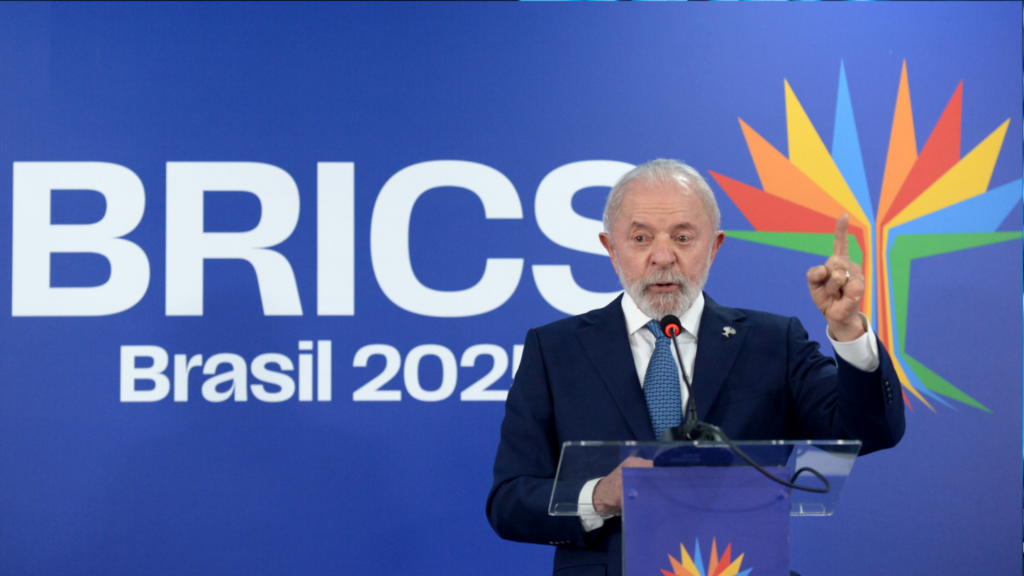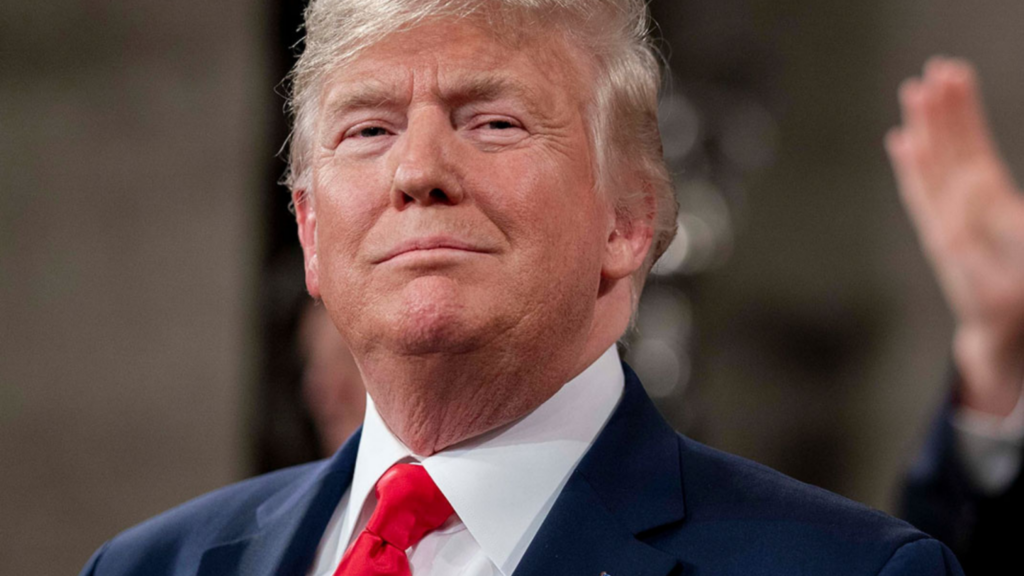Tesla’s Triple Threat: Political Risk, Global Competition, and Profit Margin Decline
Tesla entered the first quarter of 2025 under the influence of both internal and external pressures. US Transportation Secretary Sean Duffy’s regulatory package that loosens rules on autonomous vehicles and eases crash reporting provides a short-term incentive; however, the political backdrop on which the same package is based is highly volatile (Morris & Inagaki, 2025). Elon Musk’s responsibility for the Department of Government Efficiency (Doge) in the Trump administration directly affects Washington’s policy choices and fuels conflict of interest discussions. NHTSA’s eight open investigations into Tesla software and allegations of fired experts could leave the company facing a harsh sanctions environment if the regulations are rolled back (Morris & Inagaki, 2025).
The second dimension of political risk is the trade war. In early April, Trump’s “mega-tariffs” imposed an additional 25% tax on cars and parts entering the US, while retaliation from China and the EU threatened Tesla’s supply chain and international sales channels (Yoon, 2025). While the company essentially assembles its vehicles domestically in the US, a significant portion of cells and components still come from China, Korea, and Vietnam; CFO Vaibhav Taneja has acknowledged that this dependency will translate into “outsized” cost pressure (Inagaki et al., 2025).
On the competitive side, China’s BYD has been the global BEV sales leader for two consecutive quarters, surpassing Tesla by delivering 416,000 vehicles in 1Q25 (Yoon, 2025). Offering an aggressive price/profit balance, especially in Europe with mid-size sedans like the Seal, BYD has opened up space in Tesla’s traditional advantageous areas with 417,000 exports in 2024 (Yoon, 2025). Tesla’s gross automotive margin fell from 28% in 2022 to 13.6% last quarter, while BYD reported a 22.3% margin in the same period (Yoon, 2025).
If Musk’s steering-less “Cybercab” fleet, which he announced in Austin in June, is not delivered on time or has safety issues, it could deepen rather than close this competitive gap (Morris & Inagaki, 2025; Inagaki et al., 2025). The legislation currently grants exemptions to fleets for research and demonstration purposes; however, commercial expansion is still subject to federal exemptions, and a fatal accident could reverse NHTSA’s stance (Morris & Inagaki, 2025).
The tide has also turned on the brand perception and ESG front. Musk’s $250 million support for Trump has made the company a party to a cultural fault line in the US; showroom protests and deliberate removal of Tesla logos depressed sales (Yu et al., 2025). Wedbush cut its target price by 40%, arguing that the Doge mandate eroded a fifth of Tesla’s demand (Inagaki et al., 2025).
Financial indicators also reflect the risks. First-quarter revenue fell 9% to $19.3 billion, adjusted net income fell 39% to $934 million, and operating margin narrowed from 5.5% to 2.1% (Inagaki et al., 2025). As the chart above shows, all metrics are experiencing a sharp decline as of Q1 ’25. Revenue has decreased, net income is approximately 400 million USD, and the net margin has significantly dropped to 2.12%. According to the Lex column, Tesla was the US company with the most considerable post-election loss of market value outside of Apple and Nvidia; analysts argue that Doge may have reduced future demand by 20% (Financial Times Lex Column, 2025).
In the base case, over the next 12–24 months, tariffs remain constant, NHTSA maintains relaxed rules, and Cybercab only opens in a few cities; Limited revenue growth and flat stock performance are expected. In the optimistic scenario, if trade tensions ease and FSD is approved in China, Tesla’s revenues could grow by double digits. In the pessimistic scenario, the tariff spiral widens, a possible Cybercab accident leads to a confidence crisis, and the EU imposes additional taxes on US vehicles; in this case, revenues could fall by 10%, and stock value could fall by 35%.
In this uncertain environment, three axes stand out for risk reduction: buffering tariff shocks by localizing battery cells and critical parts in the North America-Europe triangle, reducing Musk’s political engagement to symbolic levels and leaving execution to professional management; balancing BYD’s price advantage by commissioning the mid-segment “Model 2” production on time and bringing the margin back to double digits. In addition, establishing a joint data panel with NHTSA and EU regulators and making safety reports transparent will limit reputational risk. If not implemented, the multiplier of intertwined political, competitive and financial risks could drag Tesla into erosion in both market value and profitability.
References
Financial Times. (2025, April 3). Tesla and BYD diverge, GlobalFoundries looks to merge. Financial Times. Retrieved from https://www.ft.com/content/b849d5d8-ad83-4aaf-9329-f298c932f834
Foley, J. (2025, April 23). Musk drives Tesla calmly through investors’ red lights. Financial Times. Retrieved from https://www.ft.com/content/65b23489-76e6-4917-8f17-c51cc53ffbda
Inagaki, K., Miller, J., & Morris, S. (2025, April 22). Elon Musk to prioritise Tesla over White House role as profits slump. Financial Times. Retrieved from https://www.ft.com/content/5128df45-8595-41e5-84f1-695adba053a7
Morris, S., & Inagaki, K. (2025, April 25). US to loosen rules on self-driving vehicles criticised by Elon Musk. Financial Times. Retrieved from https://www.ft.com/content/4758aea9-dddd-444e-a1d3-f6fea0e28100
Yoon, J. (2025, April 15). Donald Trump has given BYD the edge over Tesla. Financial Times. Retrieved from https://www.ft.com/content/7a65a578-044a-44bf-802e-84379a77f806



